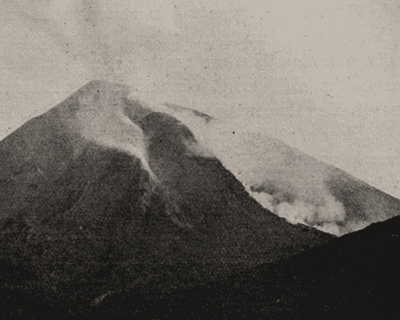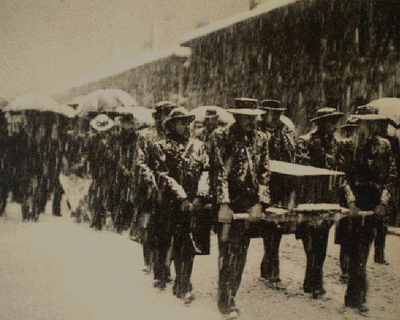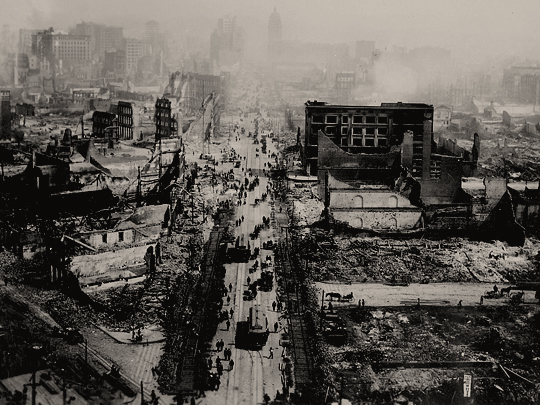Wikimedia Commons / CC-BY-SA-3.0 / GFDL
1 – San Francisco Earthquake
The 1906 San Francisco earthquake struck the coast of Northern California on April 18 with an estimated magnitude of 7.8.
Severe shaking was felt from Eureka on the North Coast to the Salinas Valley, an agricultural region to the south of the San Francisco Bay Area.
Devastating fires broke out in the city, lasting for several days. As a result, about 3,000 people died and over 80% of the city of San Francisco was destroyed.
The events are remembered as one of the worst and deadliest natural disasters in the history of the United States.
Although the impact of the earthquake on San Francisco was the most famous, it also inflicted considerable damage on several other cities. These include San Jose and Santa Rosa, the entire downtown of which was essentially destroyed.
The death toll remains the greatest loss of life from a natural disaster in California’s history and high in the lists of American urban disasters.
2 – Mount Vesuvius Erupted

The eruption of April 7, 1906, killed more than 100 people and ejected the most lava ever recorded from a Vesuvian eruption.
Italian authorities were preparing to hold the 1908 Summer Olympics when Mount Vesuvius erupted, devastating the city of Naples.
Funds were diverted to the reconstruction of Naples, requiring a new location for the Olympics to be found.
Vesuvius is the only volcano on the European mainland to have erupted within the last hundred years (also in 1944).
Today, it is regarded as one of the most dangerous volcanoes in the world because of the population of 3 million people living nearby and its tendency towards explosive eruptions.
It is the most densely populated volcanic region in the world.
3 – The Courrières mine disaster

The Courrières mine disaster was Europe’s worst mining accident, causing the deaths of 1,099 miners (including many children) in Northern France on 10 March 1906.
This disaster was surpassed only by the Benxihu Colliery accident in China on April 26, 1942, which killed 1,549 miners.
A coal dust explosion, the cause of which we cannot be certain, devastated a coal mine operated by the Compagnie des mines de houille de Courrières.
The mines were between the villages of Méricourt (404 killed), Sallaumines (304 killed), Billy-Montigny (114 killed), and Noyelles-sous-Lens (102 killed) about 1 mile to the east of Lens, in the Pas-de-Calais département.
The mine was unusually complex for its time, with the different pitheads being interconnected by underground galleries on many levels.
This was supposed to help the access of rescuers in the case of an accident, but in fact, contributed to the large loss of life by allowing the dust explosion to travel further.
About six hundred miners were able to reach the surface during the hours immediately after the explosion. Many were severely burned and/or suffering from the effects of mine gases.
A group of thirteen survivors, known later as the rescapés, was found by rescuers on 30 March, twenty days after the explosion.
They had survived at first by eating the food which the victims had taken underground and, later by slaughtering one of the mine horses. A final survivor was found on 4 April.









